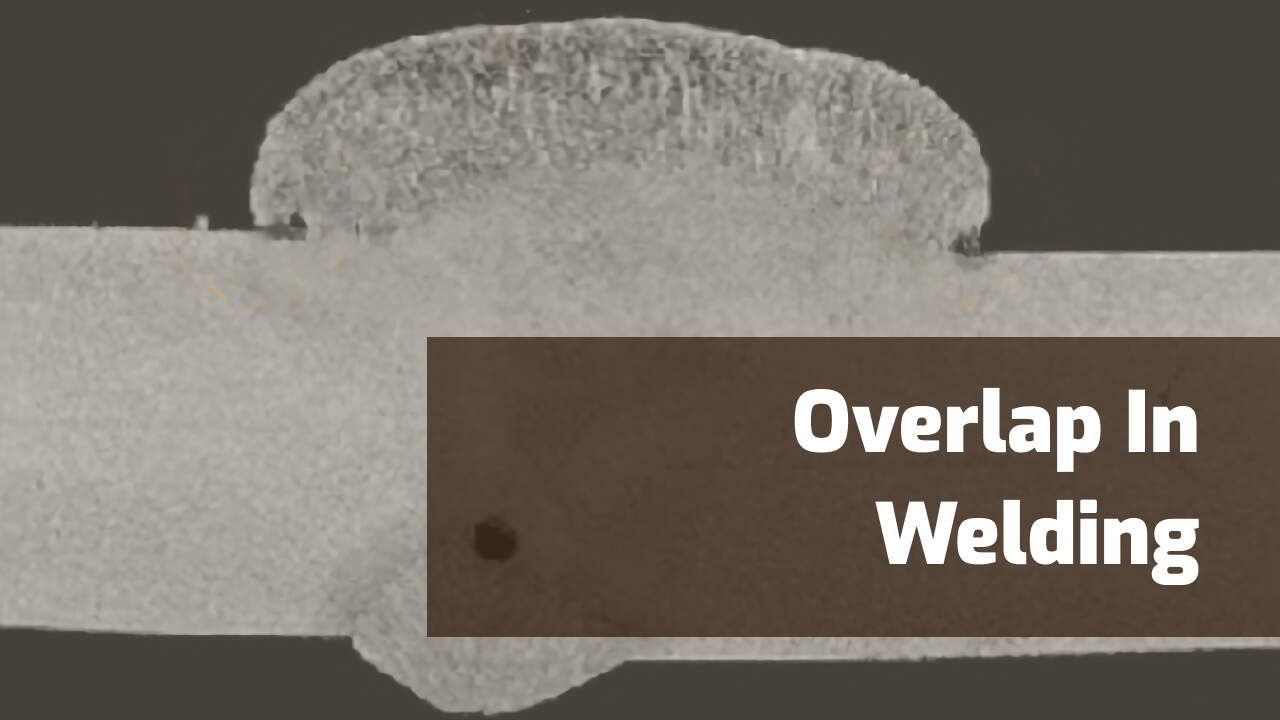Finest Practices for Preventing Weld Undercut: Mastering the Fundamentals
Wiki Article
Mastering the Art of Welding: Just How to Prevent Undercut Welding Issues for Flawless Construction Outcomes
By understanding the origin causes of undercut welding and executing effective techniques to avoid it, welders can boost their craft to new degrees of excellence. In the pursuit of flawless fabrication results, understanding the art of welding to stay clear of undercut issues is not just an ability however a necessity for those making every effort for perfection in their work.Comprehending Undercut Welding

To avoid undercut welding, welders must guarantee proper welding specifications, such as readjusting the present, voltage, travel rate, and maintaining the correct electrode angle. In addition, using the proper welding method for the details joint arrangement is necessary. Employing weaving motions or backstepping techniques can aid make sure proper weld steel deposition and decrease the likelihood of undercut formation. Normal examination of welds throughout and after the welding procedure is additionally critical to capture any type of undercut very early and make needed adjustments to prevent more flaws. Preventing weld undercut. By comprehending the root causes of undercut welding and implementing safety nets, welders can attain high-grade, structurally audio welds.
Root Causes Of Undercut in Welding
Understanding the factors that contribute to damage in welding is essential for welders to generate high-quality, structurally audio welds. When the weld steel does not appropriately fill up the groove formed in between the base steel and the previously deposited weld steel, damaging happens. Several factors can bring about damage in welding. One typical cause is too much warm input. Welding at heats for extended durations can cause the base metal melting even more than preferred, leading to damage. Insufficient welding inaccurate or present welding rate can likewise contribute to undercut. Insufficient current may not offer sufficient heat to thaw the base and filler steels effectively, while too much rate can avoid correct combination, causing undercut. In addition, incorrect electrode angles or incorrect torch adjustment techniques can develop areas of reduced weld metal deposition, advertising undercut. Comprehending these reasons and executing correct welding methods can aid stop damaging problems, ensuring solid and durable welds.Techniques to stop Undercutting

To reduce the danger of undercutting in welding, welders can employ strategic welding techniques intended at boosting the top quality and stability of the weld joints. Furthermore, utilizing the appropriate welding technique for the specific joint configuration, such as weave or stringer grains, can add to minimizing undercutting.
Additionally, proper joint preparation, consisting of making certain tidy base materials without contaminants and making use of the ideal welding consumables, is critical in protecting against undercut issues. Utilizing back-step welding methods and controlling the weld bead account can additionally assist distribute warm evenly and minimize the threat of undercut. Normal assessment of the weld joint during and after welding, along with implementing quality control steps, can aid in detecting and attending to damaging issues without delay. By executing these strategies carefully, welders can achieve perfect fabrication results with marginal undercut problems.
Value of Proper Welding Parameters
Picking and preserving proper welding parameters is vital for accomplishing effective welds with marginal defects. Welding specifications describe variables such as voltage, present, travel rate, electrode angle, and securing gas flow rate that directly affect the welding process. These specifications have to be carefully changed based on the kind of material being welded, its thickness, and the welding technique employed.Proper welding criteria make sure the correct amount of warm is applied to melt the base metals and filler product consistently. If the specifications are set too expensive, it can bring about excessive warm input, causing burn-through, spatter, or Learn More Here distortion. On the various other hand, if the criteria are also low, incomplete combination, absence of infiltration, or undercutting may occur.
Quality Control in Welding Operations

Verdict
Finally, understanding the art of welding needs a complete understanding of undercut welding, its causes, and techniques to stop it. By making certain appropriate welding parameters and implementing top quality assurance practices, remarkable construction results can be attained. It is necessary for welders to constantly strive for quality in their welding operations to stay clear of undercut problems and produce high-quality welds.Undercut welding, an usual problem in welding procedures, takes place when the weld metal does not properly load the groove and leaves a groove or depression along the bonded joint.To prevent undercut welding, welders need to guarantee correct welding parameters, such as readjusting the current, voltage, traveling rate, this hyperlink and preserving the proper electrode angle. Inadequate welding inaccurate or current welding rate can also contribute to damage.To alleviate the risk of undercutting in welding, welders can employ critical welding techniques aimed at improving the top quality and integrity of the weld joints.In final thought, understanding the art of welding requires a thorough understanding of undercut welding, its causes, and strategies to prevent it.
Report this wiki page